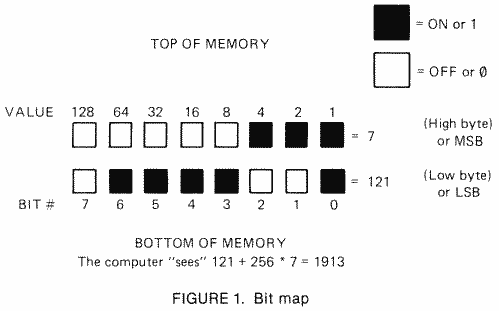

Some buses on the newer System on a chip (e.g. Xbox 360 was the first high-definition gaming console to utilize the ATI Technologies 256-bit GPU Xenos before the introduction of the current gaming consoles especially Nintendo Switch. Already 2 128 (for 128-bit addressing) would greatly exceed the total data stored on Earth as of 2018, which has been estimated to be around 33.3 zettabytes (over 2 74 bytes). The range of integer values that can be stored in 256 bits depends on the integer representation used. There are currently no mainstream general-purpose processors built to operate on 256-bit integers or addresses, though a number of processors do operate on 256-bit data.Ī 256-bit register can store 2 256 different values. Also, 256-bit central processing unit (CPU) and arithmetic logic unit (ALU) architectures are those that are based on registers, address buses, or data buses of that size. Mismatched EE parameters will prevent the receiving device from outputting received data.In computer architecture, 256-bit integers, memory addresses, or other data units are those that are 256 bits (32 octets) wide. Mismatched keys will corrupt the data output on the receiving device. When using encryption, all devices in the network must use the same 16-byte encryption key for valid data to get through. EE 0 selects security level 0 and EE 1 selects security level 4. It does not support message integrity checks. The XBee/XBee-PRO S2C DigiMesh 2.4 only supports security levels 0 and 4. The 802.15.4 protocol specifies eight security modes, enumerated as shown in the following table. In this case, only the last 32 ASCII HEX characters of the key are used, even if more characters were previously entered for the key.ġ28-bit encryption refers to the length of the encryption key entered with the KY command (128 bits = 16 bytes). This mode is enabled by default, however we recommend using 256-bit AES CTR mode encryption whenever possible.įor compatibility with nodes in the same network that do not support CTR mode encryption, setting C8 bit 2 enables legacy mode 128-bit ECB mode encryption as supported previously. 128-bit AES Electronic Codebook encryption To enable this enhanced security mode, clear C8 (802.15.4 Compatibility) bit 2. This security mode is not enabled by default. This security mode is compatible with other XBee/XBee-PRO S2C DigiMesh 2.4s running version 9002 or greater and XBee3 DigiMesh modules. Since the key is entered with ASCII HEX characters in Command mode, up to 64 ASCII HEX characters may be entered for the KY command. The maximum payload is still 73 bytes with encryption disabled.Īlso effective starting with version 9002, the key is 256 bits rather than 128 bits. Therefore, no frames can exceed 65 bytes with encryption enabled.

Since the counter is passed over-the-air (OTA) and changes with each frame, the same text is always encrypted differently and there are no known attacks to determine the plaintext from the ciphertext.Ī side effect of this implementation is that the maximum payload is reduced by the size of the counter (8 bytes). This security mode uses Counter (CTR) mode encryption instead of Electronic Codebook (ECB) mode encryption. Use C8 (Compatibility Options) bit 2 to select an encryption mode. We recommend using this enhanced security mode to provide greater security against replay attacks and attempts to determine the plaintext.

Starting with firmware version 9002, the XBee/XBee-PRO S2C DigiMesh 2.4 supports 256-bit AES counter mode encryption. Use KY (AES Encryption Key) to set an encryption key and the same key must be set on each device in the network. Set EE (Encryption Enable) to 1 to enable encryption.


 0 kommentar(er)
0 kommentar(er)
